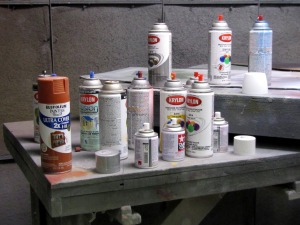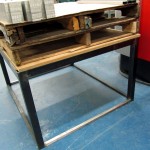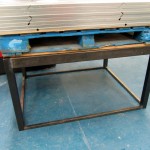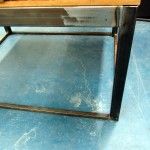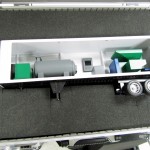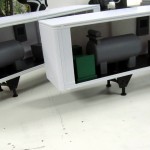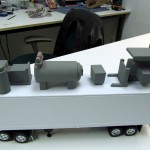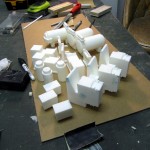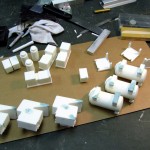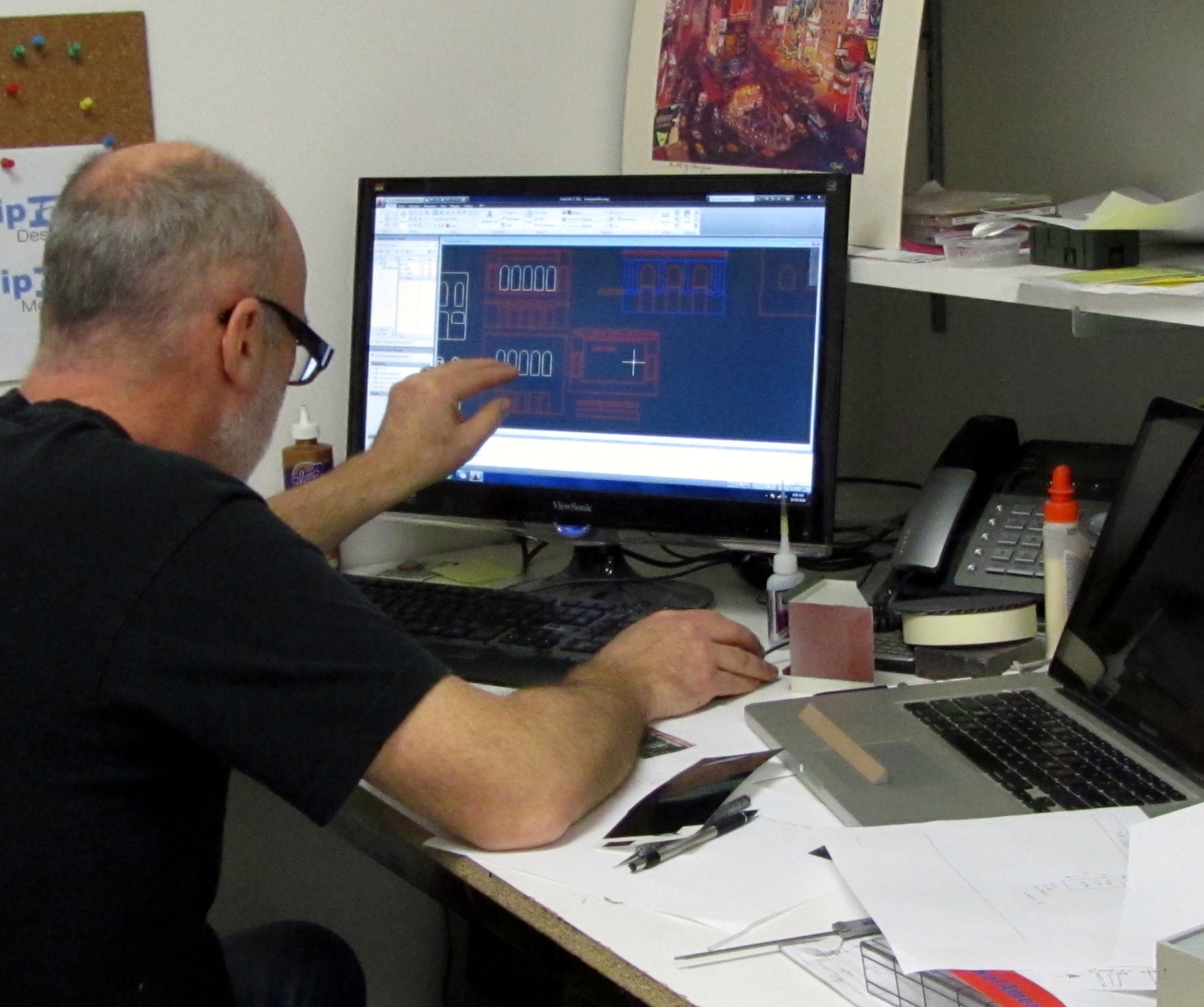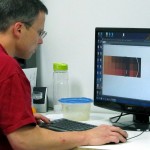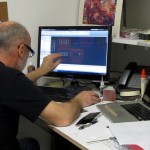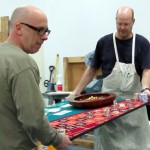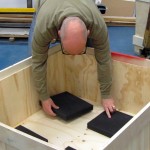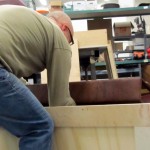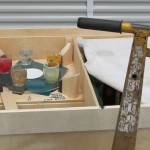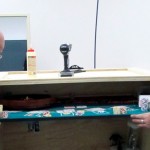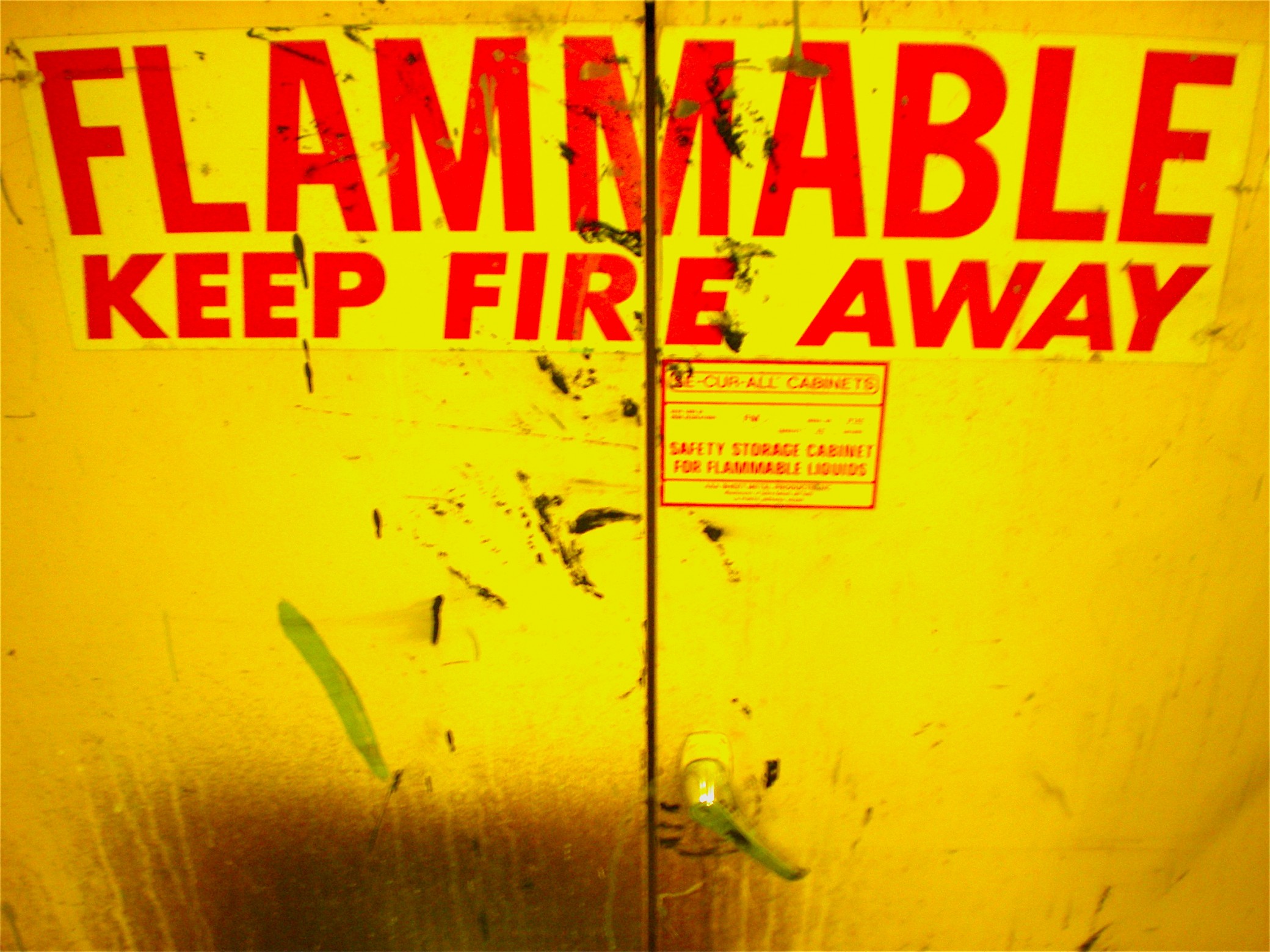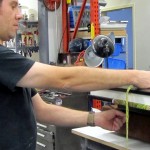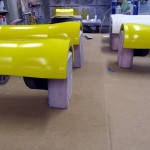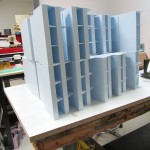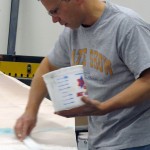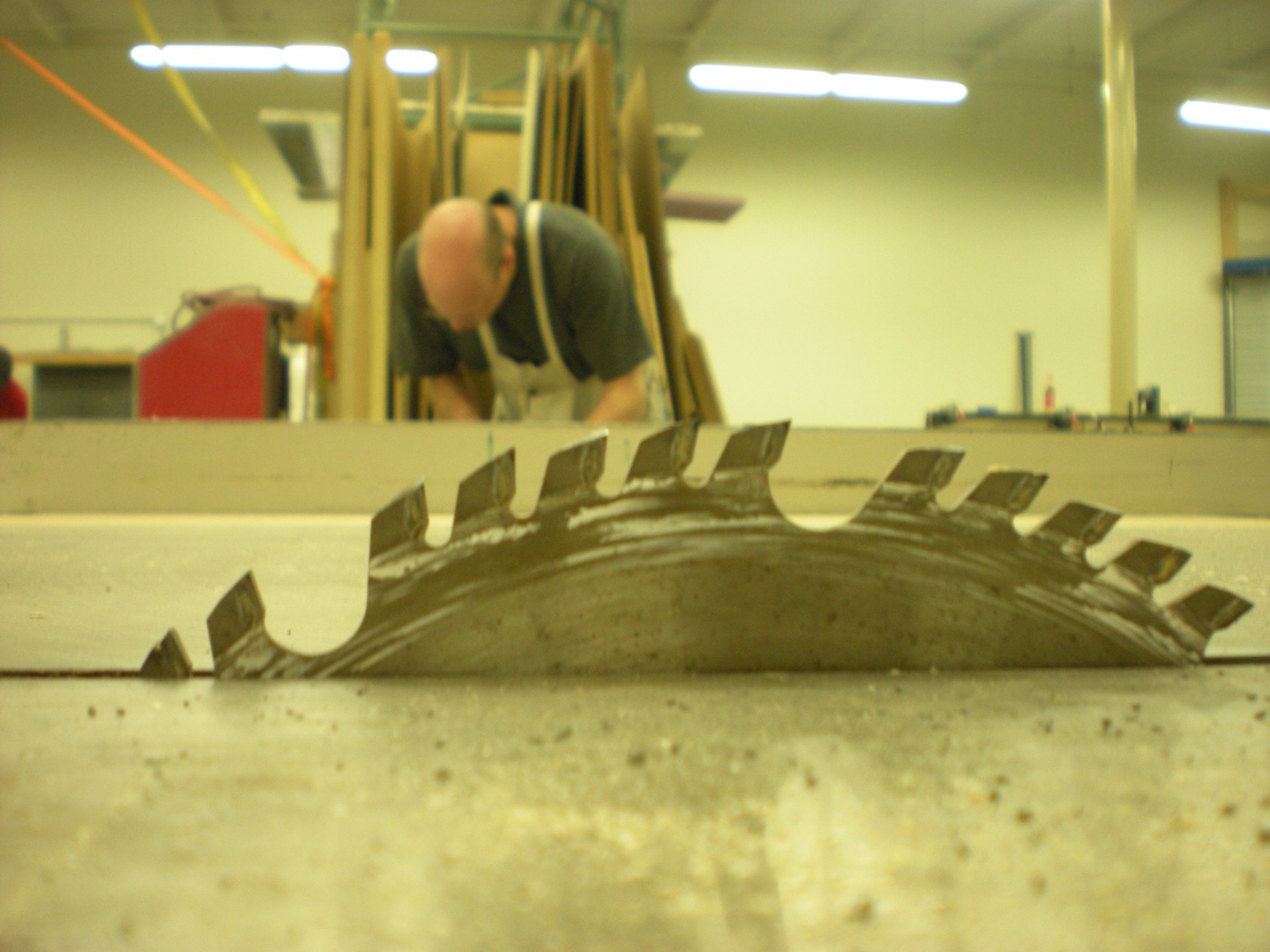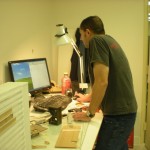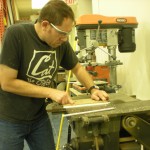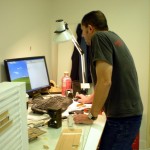
Upon entering the shop portion of KiwiMill, I’m struck by the vast amount of large equipment: machine lathe, various table saws, a turret punch, laser cutter, bridgeport mill, CNC mill, band saw and paint booth. How does a model maker keep it all straight? More to the point, how does he stay safe? Add to the large machinery the hand-held tools for welding, sanding, routing, brazing, soldering, drilling, molding, painting and casting, and it seems clear to me that safety must be as inborn a trait in model makers as the ability to think visually in 3D.
Talking with KiwiMill’s production manager, I find that while safety is inherently part of any good model maker, there are a few simple practices and tips that can help keep a shop injury-free:
Know the equipment you are working with:
- Visually familiarize yourself with the machine, how it operates, the way the blades are spinning.
- Know what materials can be cut on it.
- Understand the nuances of the equipment, what its reputation is and what can go wrong.
- Be aware of where your hands are, and where they’ll end up if the material you are working with breaks, flies off or disintegrates.
- Predict what direction a piece will go if it comes loose and position your body out of that pathway.
- Find out what debris (dust, chips) will be coming off the product and use goggles and/or mask as needed for protection.
- Read up on the Material Data Safety Sheet of a particular substance to understand its particular properties.
A confident, proactive attitude works best:
- Always ask someone if you don’t know how to operate a piece of equipment.
- Stay focused on the task you are performing.
- Have a healthy respect for the machine but don’t approach it with fear.
- Don’t rush through a movement.
- Take breaks from repetitive or frustrating activity.
- Watch out for each other while operating equipment. Notice if something looks or sounds strange and don’t hesitate to point it out.
Keep a well-maintained and well-stocked shop:
- Have plenty of fire extinguishers throughout the shop.
- Provide goggles, safety glasses, headphones and masks.
- Clean up spills immediately.
- Contain oily rags, and towels in a special bin to avoid spontaneous combustion.
- Keep machines and tools well maintained and blades sharpened regularly.
- Don’t allow loose clothing or any dangling objects near a rotating piece of equipment.
While it turns out safe work habits are not simply a trait you are born with, they are based in common sense practices, that with experience, become second nature to a professional model maker.
